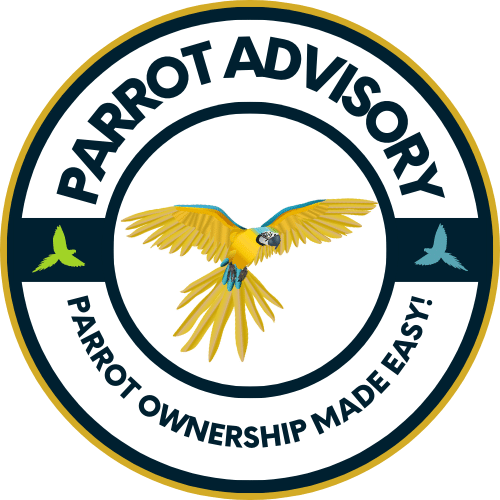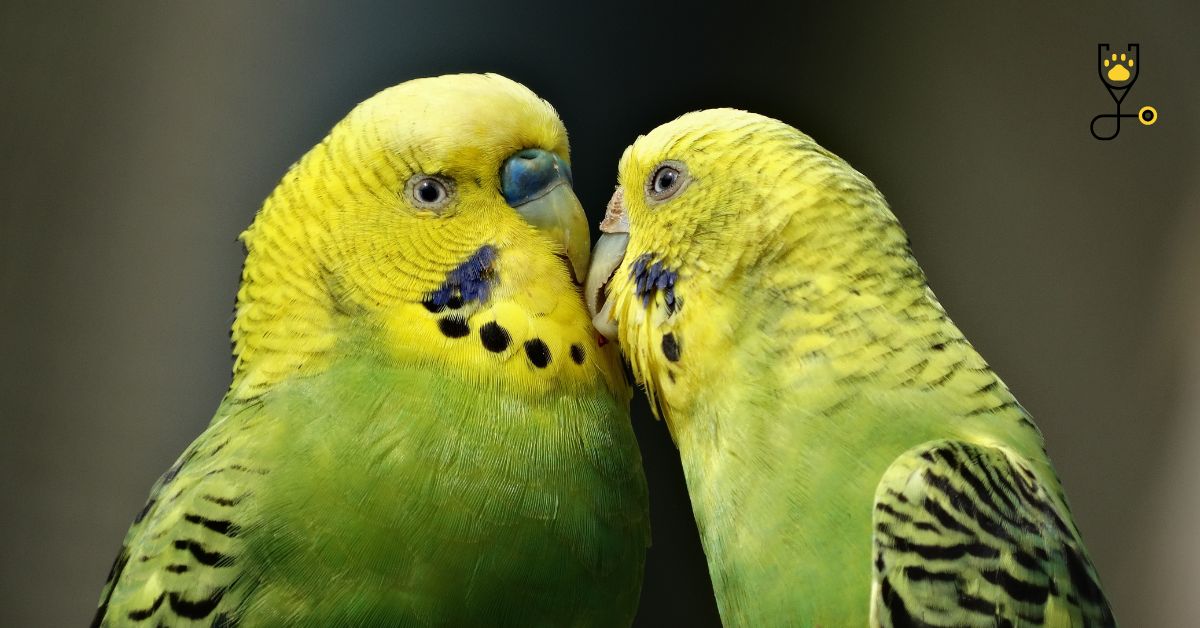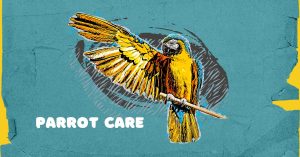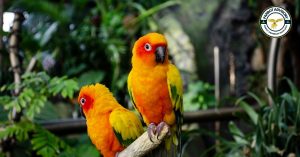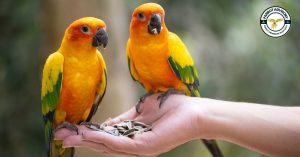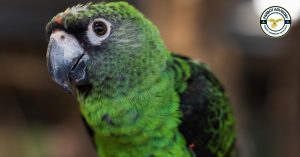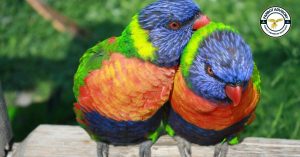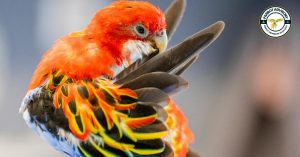Are you a parrot owner and curious about how to identify and swiftly get rid of lice? If so, then you’ve come to the right place! In this comprehensive blog post, we’ll answer all your burning questions when it comes to these pesky critters. We’ll discuss what parrot lice are, why they’re attracted to your birds in the first place, warning signs that tell you have an infestation on your hands, as well as removal techniques tailored specifically for pet birds. So if you want to learn everything there is known about parrot lice and ensure that yours stay healthy and safe inside their feathered homes – keep reading!
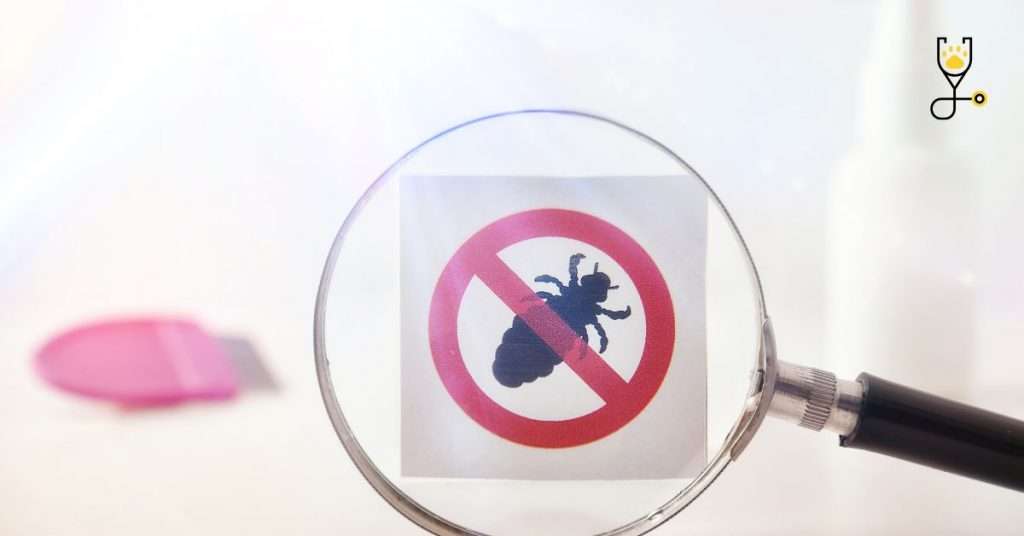
Ways to Identify Parrot Lice
1. Uneven or patchy feathers
If you notice your parrot’s plumage looking disheveled, with bald patches and more feathers missing than usual, chances are lice may be the culprit
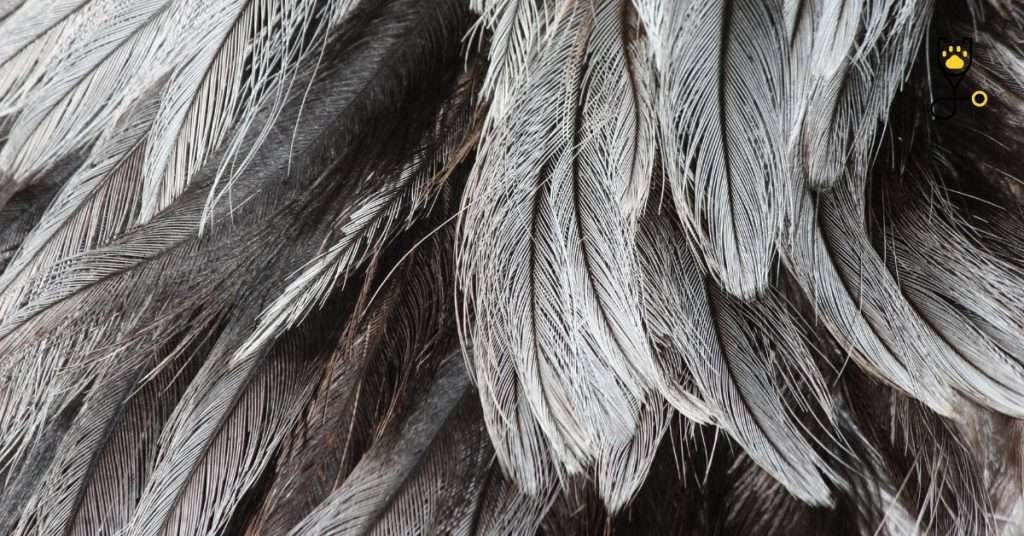
.2. Excessive preening and scratching
Since lice irritate the skin of a bird, it is common for them to start spending more time preening themselves in order to rid their bodies of irritation.
3. White flakes on the head or neck
These small white flakes can indicate an infestation, especially if they are accompanied by excessive itching and preening behavior from your pet.
4. Dark spots around the eyes
If you observe any black or brown spots around your parrot’s eyes, these may be louse eggs.
5. Skin discoloration
A discolored patch of skin can indicate the presence of lice on your pet parrot.
6. Low energy or lethargy
An infestation of parasites can sap away a bird’s strength and cause it to become sluggish and apathetic.
7. Lack of appetite
Just like with humans, when birds have an infection, it is common for them to reduce their food intake as a result.
8. Weight loss
Lice feed off the nutrition that a bird gets from its diet, thus causing it to lose weight over time if left untreated.
9. Visible lice on the feathers
If you spot any small, yellowish-brown insects on your parrot’s feathers, then it is certain that they have lice.
10. Droppings on the perch or aviary floor
Parrot lice can leave droppings that look like tiny black dots on surfaces around the cage.
11. Aggressive behavior
Lice can cause irritation and discomfort to your pet bird which in turn can lead to aggressive outbursts and behaviors.
12. Sneezing and wheezing
When a bird has an infestation of lice, it may start sneezing or wheezing due to blocked airways caused by the parasites burrowing into its skin.
13. Feathers pulled out
As lice burrow and feed on a bird’s skin, it may try to scratch them off by pulling out its own feathers.
14. Soiled feathers
Lice can cause your parrot’s feathers to become soiled with their waste products, resulting in a messier-than-normal appearance.
15. Loss of color
If you notice that your parrot’s overall coloring is fading or becoming patchy, this could also be an indication of louse infestation. Now that you know how to identify the signs of parrot lice,
How to get rid of Parrot Lice
1. Clean the cage/aviary regularly
This will help to remove any lice eggs that are present on the surfaces, thus breaking the breeding cycle and reducing their numbers significantly.
2. Use a strong vacuum cleaner
Vacuuming is an effective way to get rid of lice and their eggs from your parrot’s environment, especially if you use one with higher suction power.
3. Sanitize all perches
You should also wipe down all perches in your bird’s aviary or cage with warm water and soap or disinfectant in order to kill off any existing lice.
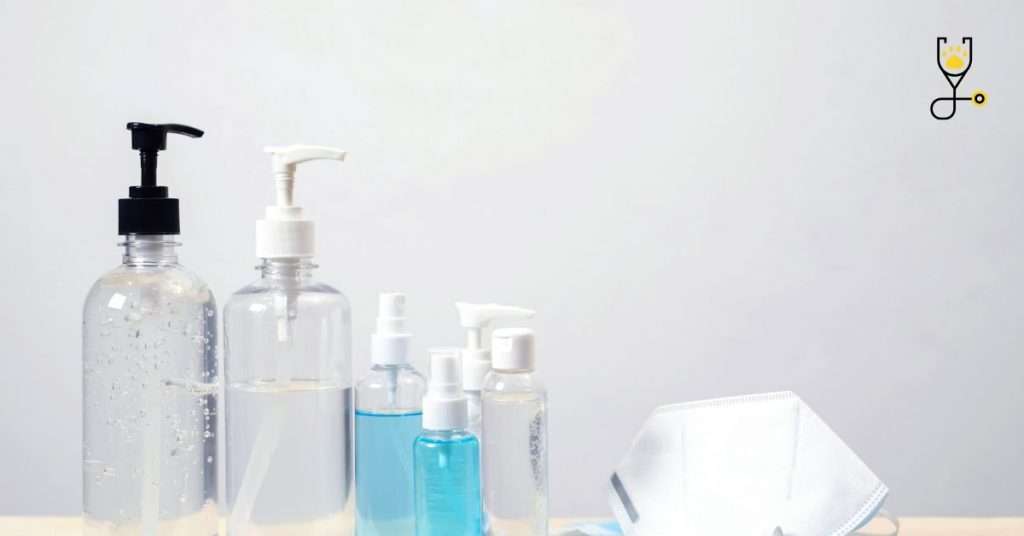
4. Increase hygiene habits
Make sure to keep your parrot’s cage and surrounding areas clean at all times, as this will help to reduce the chances of a lice infestation.
5. Use mite or lice sprays
There are specially formulated sprays available in pet stores that are designed to kill off lice on contact.
6. Regularly check your bird for parasites
Even if you think that everything is under control, it is still important to regularly check your bird for any signs of parasite presence.
7. Isolate new birds
If you add any new birds to your aviary, make sure to isolate them from the others until you can be certain that they do not carry any parasites with them.
8. Bathe your parrot
Bathing your feathered friend in a medicated bath can also help to kill off any lice that are present on its feathers.
9. Use neem oil
Neem oil is a natural insect repellent and it can be used to repel not just lice, but other parasites as well.
10. Use apple cider vinegar
A mixture of apple cider vinegar and water can be sprayed around the cage or aviary to help get rid of lice naturally.
Conclusion
Parrot lice can be a serious problem for pet birds, and it is important to recognize the signs of an infestation so that you can take steps to get rid of them. Fortunately, with proper care and hygiene, you can keep your parrot free from parasites and help it stay healthy. However, if the infestation persists despite your best efforts, then it is advised to consult your veterinarian for professional advice. With their assistance, you can ensure that your beloved feathered friend remains in good health and happiness!
FAQs
A. Lice can cause irritation and discomfort to your pet bird which in turn can lead to aggressive outbursts and behaviors, sneezing or wheezing due to blocked airways, feathers pulled out by the bird, soiled feathers, and loss of color in its overall coloring.
A. Yes, you can use mite or lice sprays that are designed to kill off lice on contact, increase hygiene habits around the cage/aviary and isolate new birds until they have been checked for parasites. Additionally, bathing your parrot in a medicated bath and spraying a mixture of apple cider vinegar and water around the cage can also help to get rid of lice naturally.
A. If the infestation persists despite your best efforts, then it is highly recommended that you consult your veterinarian for professional advice on how to treat your pet bird’s lice infestation. With their assistance, you can ensure that your beloved feathered friend remains in good health and happiness.
A. Even if you think that everything is under control, it is still important to regularly check your bird for any signs of parasite presence. It is best to inspect your parrot at least once a month for any signs of parasites or lice. Doing this will ensure that you are able to keep on top of any infestations quickly and easily.
A. No, it is best to not use regular shampoo or soap on your parrot as this can be harmful to their skin and feathers. It is recommended that you use specially formulated shampoos and soaps that are specifically designed for birds to clean and treat your pet bird’s feathers. This will help to keep them clean, healthy, and parasite-free.
A. To prevent lice from afflicting your pet bird in the future, it is important to ensure proper hygiene habits around its cage/aviary and isolate any new additions before introducing them
